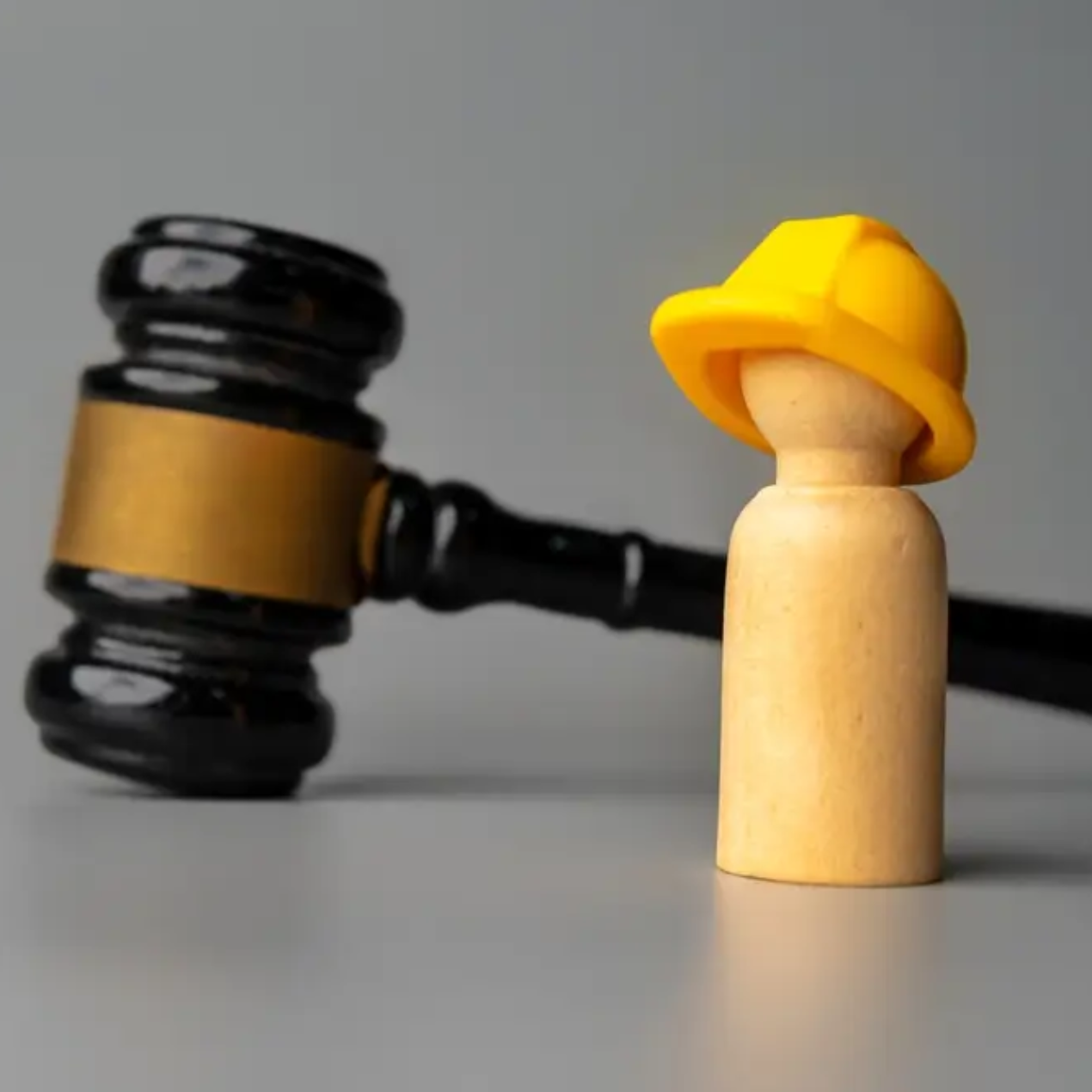Starting a construction safety program from zero can feel overwhelming. But with the right steps, you can create a simple, effective plan that keeps workers safe, meets legal requirements, and builds a culture of safety from day one.
Whether you’re a safety officer, site manager, or project leader, this guide will walk you through the key steps to build a solid safety program for any construction site.
Step 1: Understand Legal Requirements
Before you write any policies or procedures, you need to know what the law requires. In the U.S., the Occupational Safety and Health Administration (OSHA) is the main authority for construction safety.
OSHA’s rules for construction are found in 29 CFR Part 1926, covering everything from fall protection to electrical safety. Start by reviewing the sections that apply to your type of work. For example:
- Subpart C – General safety and health provisions
- Subpart M – Fall protection
- Subpart N – Material handling
- Subpart K – Electrical
You don’t have to memorize the entire rulebook, but you should know the basics and keep the standards on hand for reference.
Step 2: Identify Jobsite Hazards
A strong safety program starts with hazard awareness. Walk your jobsite and ask:
- Where can someone fall?
- Are materials stored properly?
- Are there any open trenches or pits?
- Are tools and machines used safely?
- Is there a risk of electric shock, burns, or chemical exposure?
Use checklists, photos, and worker input to map out common risks. This will help you focus your safety rules and training on the hazards that matter most.
Step 3: Write a Simple Safety Policy
Your safety policy is the foundation of your program. It should answer:
- What is your company’s commitment to safety?
- Who is responsible for what?
- What steps will be taken to protect workers?
- How are accidents reported and investigated?
This policy doesn’t have to be long. One or two pages that clearly state your goals, roles, and expectations is enough to get started.
Post the policy where everyone can see it and talk about it during meetings and training.
Step 4: Assign Safety Roles and Responsibilities
Safety is a team effort. Every worker should know their role.
Here’s a simple breakdown:
- Project Manager: Supports the safety program and resources
- Site Supervisor: Leads daily safety checks and enforces rules
- Safety Officer (if assigned): Oversees safety efforts and tracks compliance
- Workers: Follow safety rules and report issues
Assign backups in case someone is absent. Make responsibilities clear in writing and revisit them at the start of each new project.
Step 5: Create Job-Specific Safety Procedures
Next, write down step-by-step procedures for high-risk work, such as:
- Working at heights
- Using power tools
- Trenching and excavation
- Confined space entry
- Crane or forklift operation
- Handling hazardous materials
These procedures should include:
- Required PPE (personal protective equipment)
- Steps to follow before, during, and after the task
- How to respond if something goes wrong
Keep it short and practical, something a worker can read and understand in minutes.
Step 6: Hold Safety Orientations and Ongoing Training
All workers should receive a safety orientation on their first day. Cover topics like:
- The company safety policy
- Emergency exits and alarms
- PPE requirements
- Reporting hazards and injuries
- Key procedures for high-risk work
After the first day, hold toolbox talks (short safety meetings) once or twice a week. Pick topics based on current job tasks or recent incidents.
You can also bring in outside trainers for special areas like fall protection or confined space safety.
Step 7: Post Signs and Use Labels
Safety reminders should be visible around the site. Use:
- Signs for hard hat areas, first aid stations, and fire extinguishers
- Labels on chemicals, tools, and machines
- Barricades or tape around open edges or hazard zones
This helps workers and visitors stay alert and aware, even if they’re new to the site.
Step 8: Use Checklists for Daily Safety Checks
Supervisors should walk the site every day with a simple checklist. Look for:
- Trip hazards
- Guardrails and fall protection
- Electrical safety
- Clear walkways
- PPE compliance
- Equipment in good condition
If something’s wrong, fix it right away or stop work in that area. Keep a record of what you found and what actions were taken.
Step 9: Keep Records
Accurate records are important. They help you track progress and protect your company in case of audits or inspections.
Here are some basic records to keep:
- Safety meeting sign-in sheets
- Incident and near-miss reports
- Training attendance
- Equipment inspections
- Safety checklists
- Medical response records (if applicable)
You can use paper logs, spreadsheets, or digital apps, whatever works best for your team.
Step 10: Set Up an Incident Reporting System
Workers need a simple way to report:
- Injuries
- Unsafe conditions
- Near-misses
- Equipment failures
Make sure they know who to tell, what to include, and what will happen next. A clear, non-punitive system helps problems get fixed before someone gets hurt.
After an incident, investigate what happened, not just who was involved. Focus on causes, not blame.
Step 11: Plan for Emergencies
Even the best safety program can’t stop every accident. You need a plan for what to do if something goes wrong.
Your emergency plan should include:
- Fire response
- Medical response and first aid
- Evacuation procedures
- Contact numbers for emergency services
- Nearest hospital location
Train your team on the plan and do practice drills at least twice a year, or more if the site changes often.
Step 12: Review and Improve
A safety program is not a one-time project. It should grow as your site grows.
Every few months, review:
- Incident reports
- Feedback from workers
- OSHA updates
- Changes in work conditions or equipment
Make small changes based on what you learn. Keep your program alive by updating it regularly and involving your team in discussions.
Final Thoughts
Starting from scratch may feel difficult, but a strong construction safety program doesn’t have to be complicated. Focus on the basics:
- Follow the law
- Talk to your team
- Watch for hazards
- Fix problems quickly
- Keep improving
When safety becomes part of the daily routine, your jobsite becomes not only safer but also more productive and professional.





